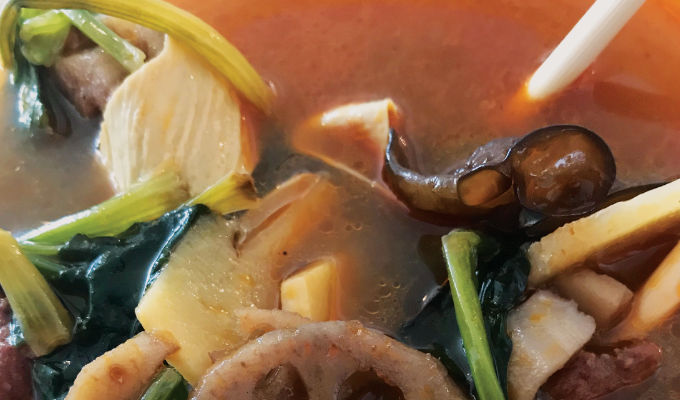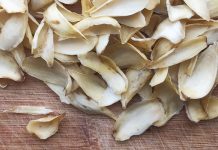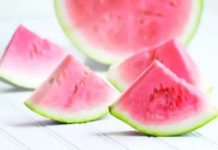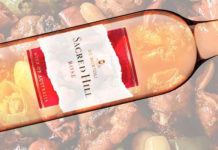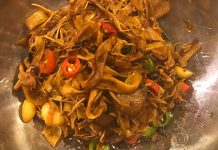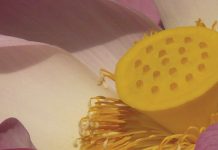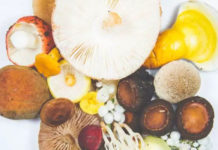Best described by Carl Hanson writing for Allrecipes, “When eating Sichuan pepper, you may feel a bit…well, odd”. This month I’m looking at possibly the only food stuff in my 30 years that I’ve eaten that has actually made me feel…well, odd. I kind of equate it to the prickly poisonous bush shrubs we get in Australia that look harmful enough, that is until one rubs up against one.
The Sichaun pepper “Hua Jiao” (빻슘) is tiny but packs a punch. When you take a mouth full of them it literally feels like millions of minuscule ninjas are training on your tongue. It’s like a tangy, tingly, most uncomfortable feeling that numbs your mouth. It feels like you’ve eaten something quite toxic indeed, it’s almost the culinary equivalent of the first time you try Baijiu (Chinese rice wine). Luckily, I’ve not had to wash down a mouth full of Hua Jiao with Baijiu just yet!
Often appearing in this form in popular dishes like Kung Pao Chicken, the spice is most pleasurable once it’s been toasted and crushed into powdered form, and used sparingly. Its devilish corns are the dried berries from the prickly ash bush. Sometimes I wonder whether this is nature’s human repellant and that we actually probably shouldn’t be eating it at all.
Scientific food writer Harold James McGee writes about the pepper’s “sensitivity to touch and cold in nerves that are ordinarily nonsensitive”, and reports “a kind of general neurological confusion”. There be the wonders of nature.
Sichuan’s hotpot cannot call itself hotpot without this spice, for “Ma La” (쮸윤) Ma (numb) La (spice) to the Sichuanese is non negotiable. While the spice is used in hundreds of different dishes in China, Hot Pot and Ma La Tang (which is essentially hot pot for one person), are favourites across the country.
According to an online blog by Red Hibiscus, “The Chinese hot pot has a history of more than 1,000 years, [and] originated in Mongolia where the main ingredient was meat, usually beef, mutton or horse. It then spread to southern China during the Tang Dynasty and was further established during the Mongolian Yuan Dynasty. In time, regional variations developed with different ingredients such as seafood. By the Qing Dynasty (1644 to 1912), the hot pot became popular throughout most of China.”
Hot Pot culture invites the Chinese to eat communally and in a slow manner; raw food is is put into the boiling pot and fished out when cooked. The pots are usually divided Ying and Yang style with one side using the Hua Jiao pepper, which is what makes it Ma (numb) and the other plain. Ma La Tang literally means Spicy Numb Soup and is sold in small restaurants, whereby people can select raw ingredients from a fridge and the restaurant will cook it and it will be served singly.
While this way of eating the Hua Jiao pepper is beloved by the whole country, eating too much of it is apparently quite bad for the body. Claims of the soup containing dangerous amounts of MSG and sodium, chemicals and pepper are thought to ruin the stomach. Rumour has it that some Ma La Tang restaurants do not provide new soup and instead reuse old soup.
Approach this tingly spice with caution and it could lead to a lifetime love affair that will forever remind you of your time in China. Following are some of the most popular dishes that use Hua Jiao:
- Hot Pot (Sichuanese)
- Ma La Tang
- Kung Pao Chicken
- Xi’an Fried Chicken Wings
- Ma Po Chicken
- Ma Po Tofu
- Spicy Sichuan Noodles


